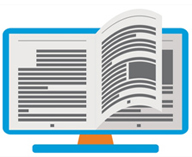The guide brings to light the scourge of violence against women in elections. It identifies the specific components of violence against women in elections, including types, tactics, victims and perpetrators, and presents options for policy and programming responses based on current good practices. It also provides examples of definitions and methods from all regions that may prompt ideas for actions according to each country’s national context. This guide is intended for those best positioned to prevent and mitigate violence against women in elections, including national electoral stakeholders, international organizations, UN agencies, those providing programming support on electoral assistance, women’s political participation, human rights monitoring and ending violence against women. It will also be a resource for members and especially leaders of political parties, electoral management bodies, civil society organizations, women’s groups and gender equality activists.


